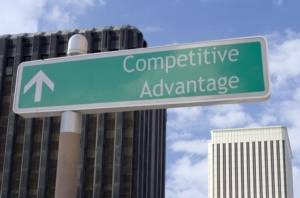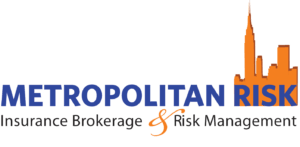If you are like most small to mid-sized organizations (under $1 billion in sales) then you should be prepared to define these two terms and understand their consequences for your business.
Risk Financing is a fancy term for insurance. Think equities instead of stock. Insurance, in its basic form, is the mechanism whereby an individual or company (Buffalo Wild Wings) packages their risk (fire, injury to public or employee) and sells it to an insurance carrier for a premium.
The theory is that if the insurance carriers’ risk selection process (this is called underwriting) is tight, then the carriers will make a profit by paying less in claims than the premiums they take in from your company. This is their ultimate goal, and it’s referred to as underwriting profit. As their losses deteriorate or your losses deteriorate, they raise rates to offset it. This maintains that profit equilibrium that they always seek. Thus, the premiums they charge you are a function of your claims history and theirs, which results in the costs to finance your risk.
A company usually will finance different branches of risk with different carriers who may have a particular niche or specialty. Add up all those premiums and that is your basic cost of risk. As your losses increase, your costs increase. Are we good so far?
Cost of Risk is similar to above with one notable exception: It includes many more risk variables and cost components that are contained in your Profit & Loss Statement that are much less obvious.

Let’s take, as an example, an accident that occurred with a delivery truck for a large shipping company. This is on my mind as I recently had a few beers with a friend who is a supervisor for this national shipping business. A driver pulling up on a four way intersection looked down briefly and slammed into the back of a school bus, injuring the driver, several children and a pedestrian walking in front of the school bus. Yeah, that’s a nightmare if you’re the supervisor or owner of a small company who does not have the resources to handle it.
Here are some additional components that are usually indirect and ambiguous, but should be included in a typical cost of risk calculation:
- Liability insurance surcharges, due to the large auto liability claim that will be filed by the parents and bus company. Did you really think your renewal was going to be flat?
- Liability insurance surcharge for the payout to the injured pedestrian. Cha-ching!
- Lost productivity of the injured shift worker.
- Cost of packages delayed, not delivered.
- Cost of additional shift worker needed to take over the route from the injured driver.
- Cost of repair for the damaged vehicle.
- Increased workers’ compensation cost due to injured worker.
- Management and Administrative cost of handling the loss internally at the company. Ever spend a whole day in court or deposition?
Contingent on how granular you want to get, I think we made our point. There are so many indirect costs outside the cost of risk financing (insurance) that need to be accounted for if you really want to have an idea on how to manage or change your costs. The aforementioned variables will be contingent on what you do and how you do it. At this particular company, they did an excellent job tracking all of these floating items, which helps them really keep tight control on their unit cost structure. This is critical in a commodity business.
Conclusions & Takeaways
Companies that understand that their Cost of Risk Financing is really driven by their Cost of Risk Components have in place systems to identify their pain points and cost drivers so they can benchmark and improve them, which in turn lowers their unit cost structure. The strong management they implement makes them beasts to compete with in their native markets.
Furthermore, because they are tracking their cost of risk continually throughout the year they have a firm handle on what their ultimate insurance costs will be very early on. Companies that just track their insurance premiums are too late to the game; insurance premiums are poor lagging indicators. By the time you get your renewal, your costs have already escalated. Had you been tracking your cost of risk variables you would have known early on, and hopefully taken measures to improve your hot spots.
You can’t manage what you don’t know. We here at Metropolitan Risk contend that if you can’t measure it, you can’t manage it. If you can’t manage it, then your cost structure is very, very vulnerable to events that may have enormous impact on your ability to be competitive within your industry.
In our data driven economy those organizations that understand the difference between Cost of Risk and Cost of Risk Financing will have a system like O.O.D.A. Risk to begin to manage their cost drivers and use that data to measure, benchmark and attain results instead of outcomes.







